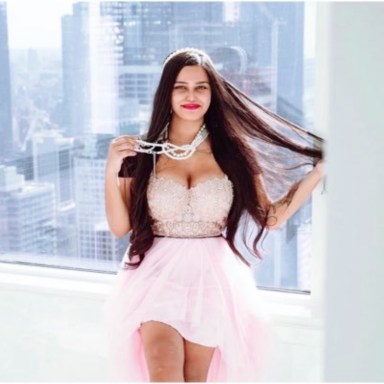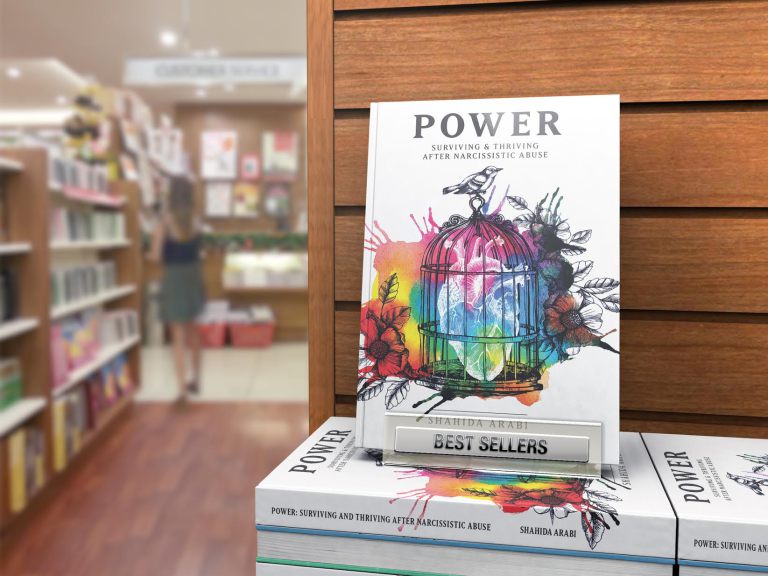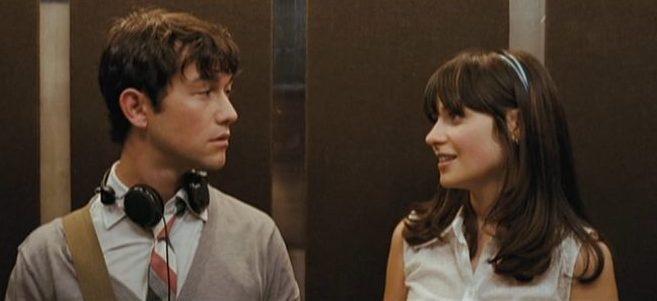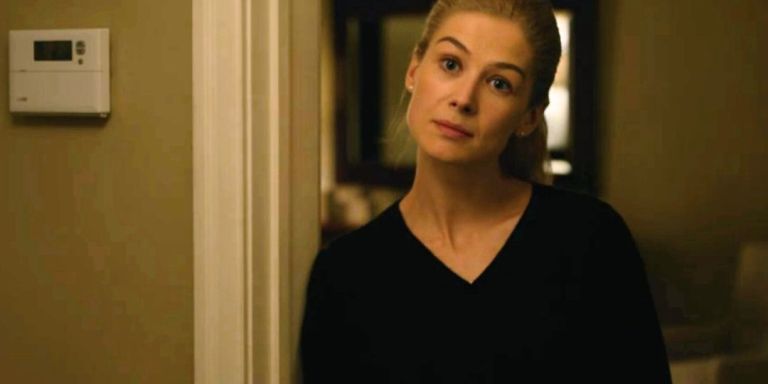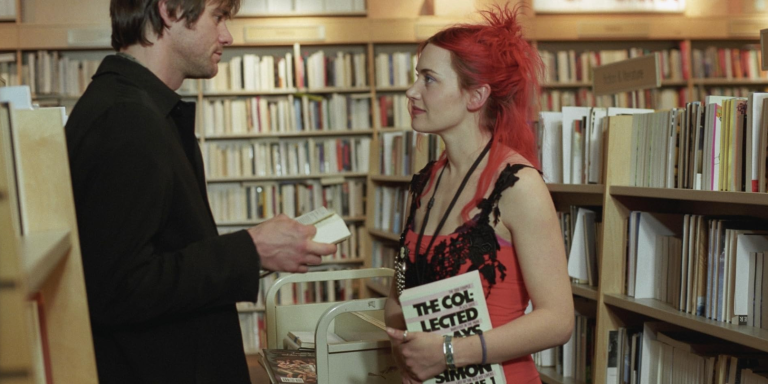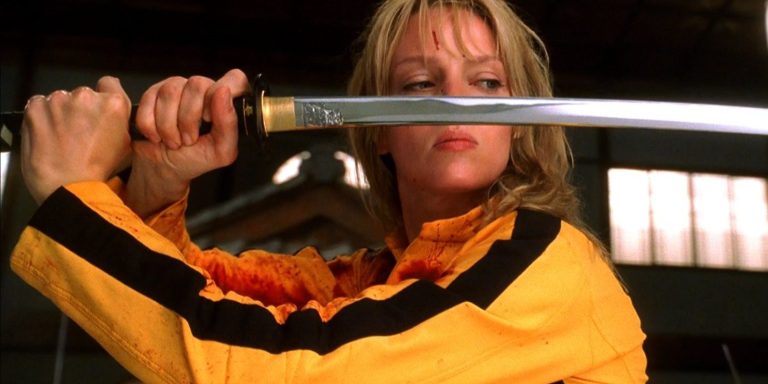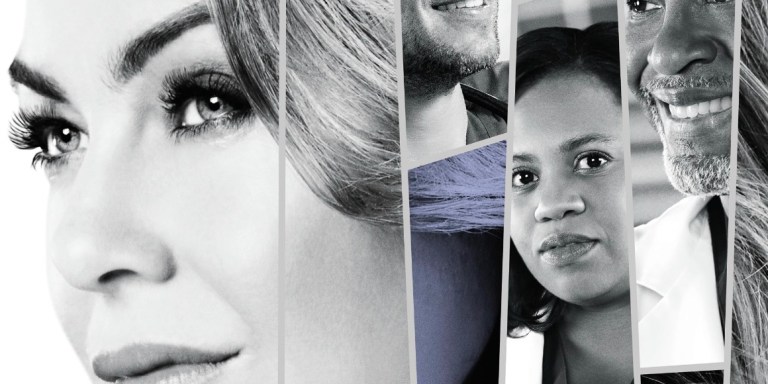The release of Jennifer Lopez’s This Is Me Now…A Love Story on Amazon Prime has received glowing reviews from long-time JLo fans as well as skeptics who were pleasantly surprised to experience a cinematic marvel. This Is Me…Now: A Love Story creatively showcases the lessons from Lopez’s three marriages and various toxic relationships on her journey to self-love and long-lasting love with captivating visuals, catchy songs, and exquisitely choreographed dance sequences. Here are three reasons viewers who’ve been in toxic relationships with narcissistic people or believe they’re suffering from love addiction will find this movie all too relatable and enjoyable.
The movie provides striking visuals to depict the chaos of toxic relationships and love addiction.
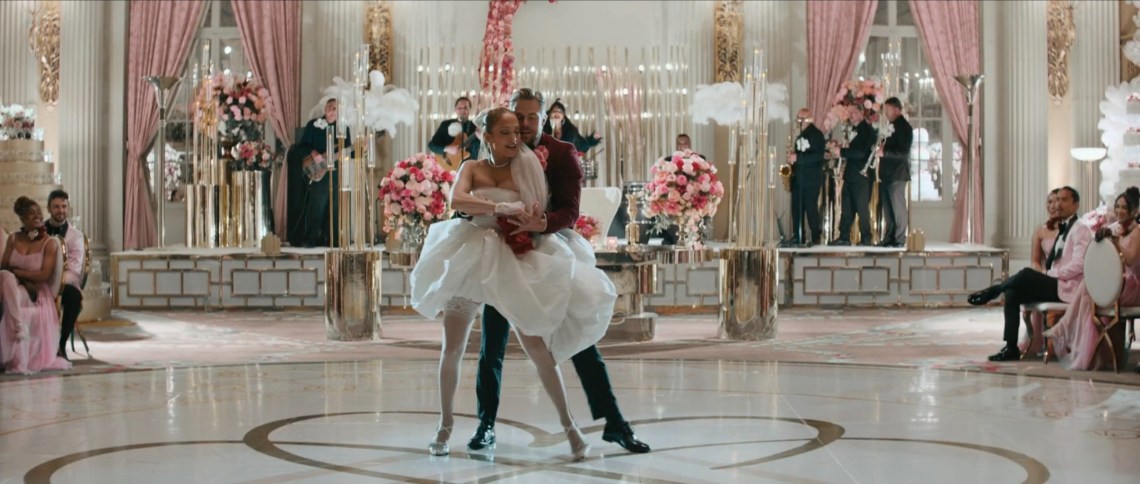
From the very beginning, This Is Me…Now establishes itself as distinct from most movies with the visually striking metaphors we see from the opening scenes. The giant machinery of Lopez’s heart beats in sync with the rhythm of her dancers; this makes for an astoundingly beautiful opening scene, depicting how toxic love depletes Lopez whereas self-love and finding a potentially compatible partner revives her heart. The wedding dance sequence is joyful and flamboyant, fraught with elaborate pink and luxurious floral decor, as it flashes back and forth among Jennifer’s three “weddings,” and three different husbands, pointing to her rather legendary history of romantic relationships and “love for love.” Lopez has been a hopeless romantic in most of her relationships, and has encountered heartbreak and betrayal in some of these relationships. She has been previously married to producer Ojani Noa in a short-lived marriage, Cris Judd, Marc Anthony, and was engaged to Alex Rodriguez before marrying ex-boyfriend from the 2000s Ben Affleck in 2021. This movie allows her to depict her own journey on her own terms.
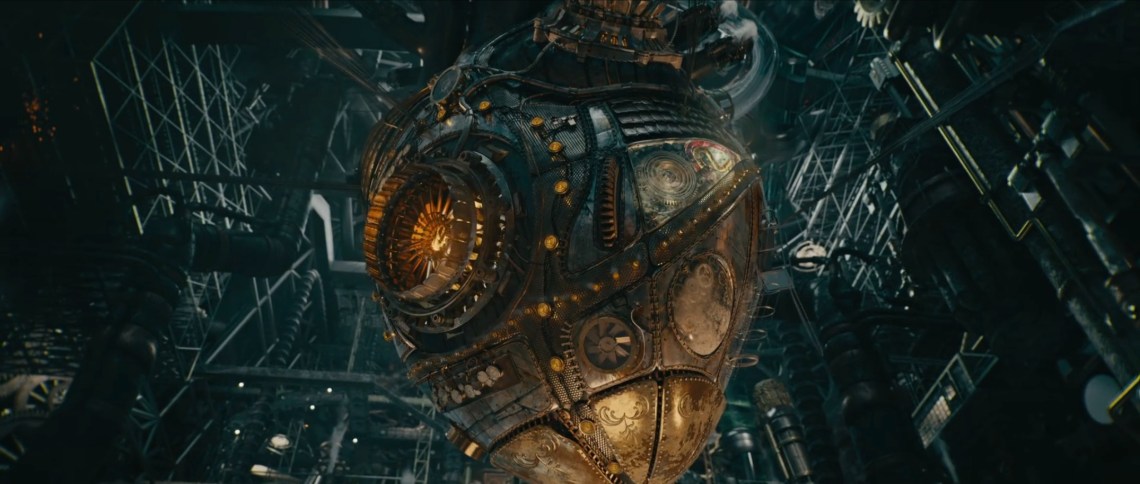
In the catchy song, “Rebound,” Lopez depicts the hot and cold dynamic of toxic relationships encapsulated in the push-pull dance sequence between her and her toxic “rebound” lover. The rope between them which brings them back together no matter how much she tries to pull apart from the dynamic speaks volumes about the highs and lows of such dysfunctional relationships and trauma bonds that develop. The glass windows of her luxurious home are smashed to bits by her partner’s aggressive fist, and Lopez’s heart-wrenching scream, symbolizing the culmination of torment she experiences as a result of this toxicity, shatters all the glass around her, as well any illusions or rose-colored glasses she once wore in viewing the relationship. Viewers who have experienced toxic relationships are able to deeply understand on a visceral level the confusion and chaos embedded in the cycle of manipulation through these scenes.
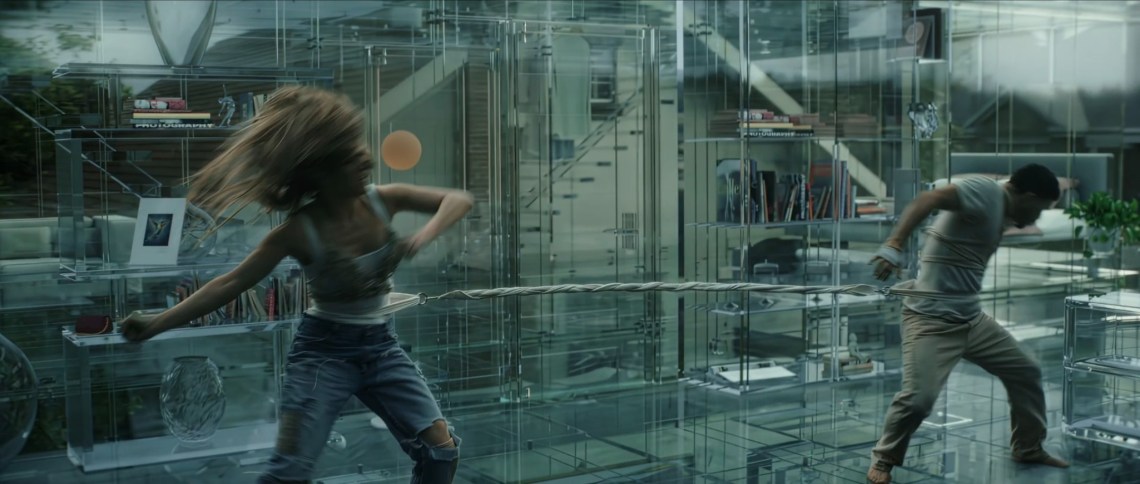
Aside from the dramatic montage of JLo and Ben on a motorcycle (a call-back to their famous Vanity Fair photo twenty years ago) – there is also an intricately detailed, breathtakingly romantic narrative of the myth of star-crossed lovers Alida and Taroo from rival tribes who were forbidden to be together. When Alida and Taroo asked the Gods for help for their romance to thrive, they were transformed into a flower and hummingbird, causing Taroo to endlessly search for his love Alida in every flower throughout time. This opening scene is gorgeously done, as each part of the narrative is ”zoomed out” from the previous part in its sequence, unpacking every plot point of the myth like the unwrapping of a Russian doll. These analogies give more sensitive viewers an opportunity to reflect on the motifs of the film without becoming too overwhelmed. Since the messages of the movie are packed within captivating visuals, the dynamic choreography, and the songs of every song, movie viewers are allowed to be swept away by the symbols of her journey, rather than outright dialogues or plot points. Viewers are allowed to interpret this journey for themselves, and although Lopez clearly has a commentary on how the public views her love life, most scenes are left up to the viewer to become personally meaningful.
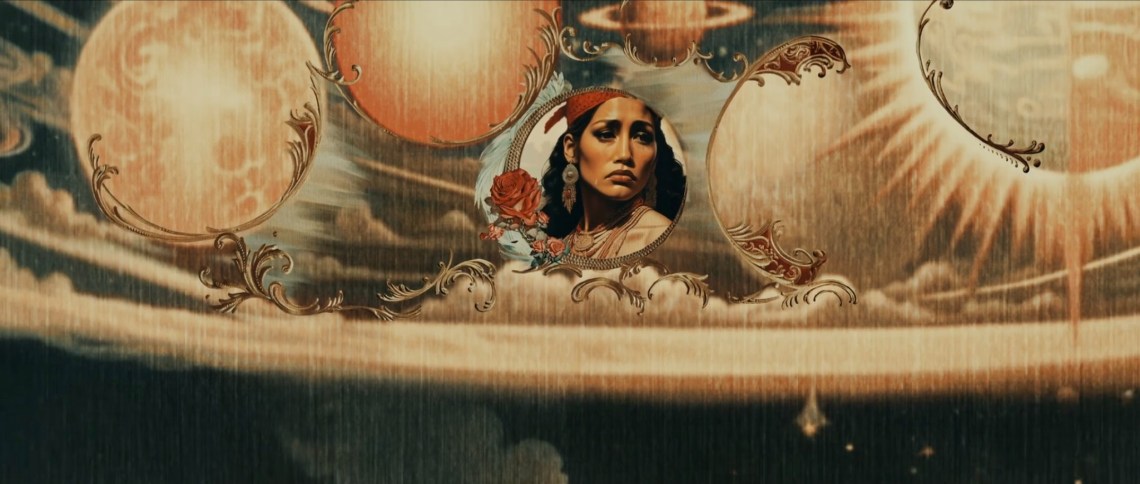
Love addiction is touched upon in a more light-hearted yet still poignant manner, making it all too relatable for viewers.
Throughout the movie, there is a wonderfully star-studded cast of the “Zodiac Council” which helps steer Jennifer’s fate from the cosmos and offers much-needed comedic relief by providing self-aware commentary on the trials and tribulations of Lopez’s love life. Keke Palmer’s incredible impressions of Maya Angelou and Trevor Noah’s proclamation that Jennifer is jumping from relationship to relationship and “running out of signs to date!” is hilarious and all too real. The media has followed Lopez’s high-profile romances closely and this movie allows Lopez to depict it on her own terms, while still making tongue-in-cheek references to how the media has portrayed her love life. Viewers can’t forget the ironic intervention from her problematic friends juxtaposed with scenes of Lopez in Codependents Anonymous meetings – as well as her intimate therapy sessions, which give viewers valuable insights about what it means to be addicted to romantic relationships. Nor can we forget the scene where Lopez’s therapist abruptly interrupts her long, heartfelt monologues about love with the declaration they’ve run out of session time (again, all too relatable). This is Me… Now is not only a movie musical: it’s clearly half-comedy in its own right, and this makes it both touching and accessible to viewers who’ve had a pattern from jumping from relationship to relationship, have experienced trauma bonds with a narcissist, or may even suffer from love addiction themselves.

Self-love and inner healing are paramount to this love story.
Although the movie is technically labeled as a love story about Jennifer re-uniting with her ex, Jennifer Lopez chose not to include Ben Affleck’s face in the movie for a few reasons. She did not want the movie to be primarily about her getting back together with Affleck (smart choice), but rather her journey of self-love and becoming more confident within herself. The magic and faith in finding love is emphasized throughout the film, but more skeptical viewers may wonder why there weren’t more scenes stressing the potential dangers of reuniting with an ex, or longer scenes depicting healing and singlehood. Despite Lopez’s intended message that love does indeed conquer all, others may feel more cautious about declaring a reignited romance with an ex the final endgame – and they would be well within reason to think so. Some of the most beautiful scenes in the movie include Jennifer communicating with her “younger self,” representative of the inner child that did not get enough self-love and appreciation – and embracing her with compassion and acceptance. This is a theme all viewers can relate to on their journey to self-love and healing, and no matter what you may think of JLo’s history of relationships or her current relationship (generally we urge you not to reunite with an ex, especially if they’re in any way toxic), the movie still holds a poignant message about prioritizing and loving yourself that will remain evergreen. Whether you enjoy gorgeous visuals, the themes of a love story, catchy music or a tale of self-love, This Is Me…Now is a short and sweet movie that will be both aesthetically pleasing and relatable to those who’ve known the throes of toxic love.

